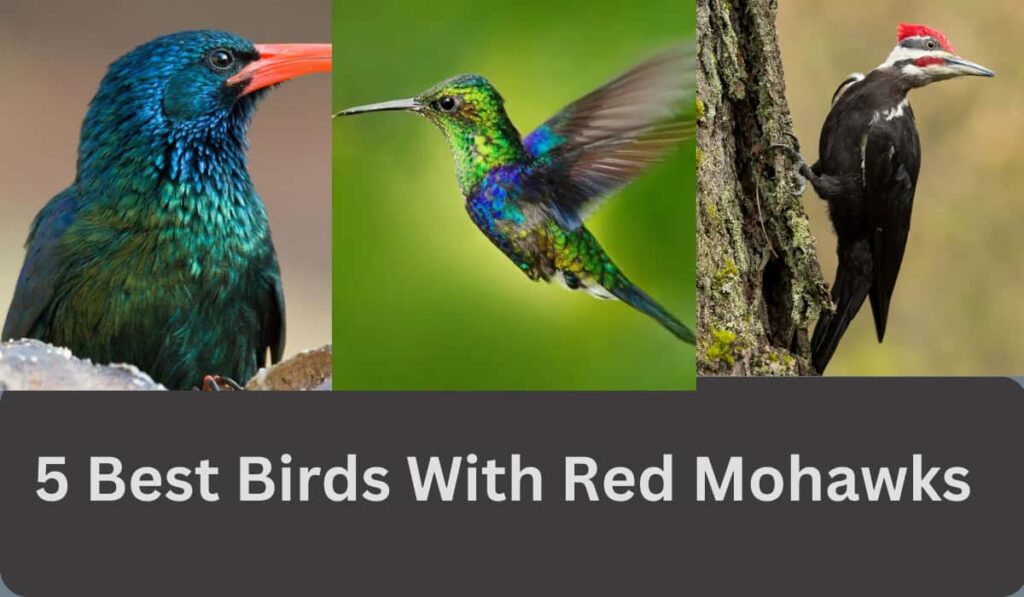In cultures worldwide, the mythological figure of the stork has long been associated with delivering newborns, embodying the whimsical notion of a bird that brings babies.
The myth of the stork delivering babies has deep roots in folklore. Storks, large white birds with long legs and beaks, are often depicted carrying infants in cloth bundles. This charming tale likely originated in Europe, where storks migrate and nest on rooftops, symbolizing good luck and fertility.
Parents use this story to explain childbirth to young children. Despite its whimsical nature, the stork myth persists in modern culture, often seen in media and baby-related products. The enduring legend of the stork bringing babies continues to enchant and intrigue, making it a beloved part of cultural storytelling.
Mythical Origins
The story of the bird that brings babies is fascinating. Many people know about the stork delivering babies. This tale has mythical origins and is found in many cultures. Learning about this myth shows how stories shape our beliefs.


Ancient Beliefs
Many ancient cultures believed in special birds. These birds had magical powers. They thought these birds could bring new life. The stork is a famous example. It was seen as a symbol of fertility and family.
People in Ancient Greece believed in magical birds. They thought storks would bring good luck. They also believed storks protected their homes. In Egyptian culture, storks were sacred. They were linked to the soul and the afterlife.
In Chinese mythology, birds were important too. They believed in a bird called the phoenix. The phoenix symbolized rebirth and new beginnings. Many stories talked about birds bringing new life to families.
Here are some ancient beliefs about birds:
- Storks in Greece: Good luck and protection.
- Storks in Egypt: Linked to the soul and afterlife.
- Phoenix in China: Symbol of rebirth.
Cultural Representations
Many cultures have stories about birds bringing babies. These stories are found in books, movies, and songs. The stork is the most famous bird in these tales.
In Western culture, the stork is often shown delivering babies. This story appears in children’s books and cartoons. It became popular in the 19th century. Many parents tell their kids about the stork when they ask about babies.
In Germany, there is a special story. They say the stork finds babies in caves. The stork then carries the baby to its new home. This story is called “The Stork Legend.”
In Scandinavia, people have similar tales. They believe storks bring good fortune. Seeing a stork is a sign of a new baby coming soon.
Here are some cultural representations:
- Western culture: Stork delivering babies in books and cartoons.
- Germany: The Stork Legend about caves and babies.
- Scandinavia: Storks bring good fortune.
Modern Interpretations
The tale of a bird delivering babies has fascinated people for centuries. This myth, known mainly through the stork, has evolved over time. Different cultures have their own versions of this charming story. Modern interpretations provide a fresh take on this ancient legend.
Evolution Of The Myth
The myth of the bird that brings babies has deep roots. It can be traced back to ancient times. In many cultures, storks were seen as symbols of new beginnings and life. They were often associated with fertility and family.
In ancient Greece, the stork was linked to the goddess Hera. Hera was the protector of marriage and childbirth. The story spread across Europe and gained popularity in Germany. Here are some key points:
- Ancient Greece: Linked to goddess Hera.
- Germany: Storks seen as symbols of family.
- Scandinavia: Storks believed to bless homes.
In the 19th century, Hans Christian Andersen wrote a story about storks. This story helped the myth gain worldwide recognition. People began to see storks as gentle and caring birds. The myth further evolved with changes in societal beliefs.
Impact On Society
The myth of the bird bringing babies has a significant impact on society. It shapes how children learn about birth and family. Parents often use this story to explain where babies come from. This makes the topic easier for young kids to understand.
In popular culture, the stork is a common character in books and movies. For example, Disney’s “Dumbo” features a stork delivering baby animals. This reinforces the myth for new generations.
The myth also influences baby-related products and services. Companies use the stork image in their branding. This includes baby clothes, nursery decor, and even baby food packaging. Here are a few examples:
| Product | Usage of Stork Image |
| Baby Clothes | Stork prints and designs |
| Nursery Decor | Stork-themed wall art |
| Baby Food Packaging | Stork logos and mascots |
The myth remains a beloved part of many cultures. Its impact continues to be felt in various aspects of life. The charming tale of the bird that brings babies endures.
Scientific Explanations
The idea of a bird bringing babies is a popular myth in many cultures. This story is often told to children. Parents use it to explain where babies come from. But what does science say about this? Let’s explore the scientific explanations behind this myth.
Animal Behavior Studies
Scientists have studied many animals to understand their behaviors. Birds are one of the most fascinating creatures to study. Some birds carry things in their beaks. They do this to build nests. Storks are well-known for this behavior. The myth of storks bringing babies may come from this. Storks often build their nests near human homes. People see them carrying things and think they bring babies.
Research shows that animals can behave in ways that seem human-like. Here are some interesting points:
- Birds use tools to build nests.
- Some birds travel long distances to find food.
- Many birds are very protective of their young.
Scientists study these behaviors to learn more about animal intelligence. Birds are smart and resourceful. They use their beaks and claws to interact with their environment. This might explain why people believe birds can carry babies.
Psychological Perspectives
Myths and stories often have deep psychological roots. The bird bringing babies is a comforting tale. It simplifies the complex topic of childbirth. Parents tell this story to children because it is easy to understand. Psychologists believe that such stories help children feel safe. They also help children develop their imaginations.
Here are some reasons why this myth is popular:
- It provides a simple explanation for a complex process.
- It connects humans with nature in a magical way.
- It helps children feel less anxious about where babies come from.
Stories like these are part of our cultural heritage. They have been passed down through generations. Psychologists study these tales to understand how they impact our minds. The bird bringing babies is a symbol of new life. It shows how humans use stories to explain the world around them.
Global Variations
The legend of the bird that brings babies is a fascinating tale. This myth is popular in many cultures around the world. The story often involves birds delivering newborns to expectant parents. There are various interpretations and mythical creatures associated with this folklore. Let’s explore the global variations of this enchanting story.


Folklore Across Cultures
The story of the bird bringing babies varies across different cultures. In many Western cultures, the stork is a famous figure. The stork carries the baby in a cloth bundle held by its beak. This bird flies to the parents’ home to deliver the baby. It symbolizes good luck and happiness.
German folklore believes the stork inhabits areas near ponds and lakes. Parents tell children that the stork finds babies in these watery places. The stork then carries the baby to their new home. People often use this tale to explain the arrival of a new sibling.
In Japan, there is a similar story involving giant birds. These birds are said to bring babies to families. Each culture has its own unique twist on this charming tale.
- Western Cultures: Stork carrying babies in cloth bundles.
- German Folklore: Stork finds babies near ponds and lakes.
- Japanese Folklore: Giant birds delivering babies to families.
Diverse Mythical Creatures
Different cultures have their own mythical creatures associated with baby deliveries. The stork is the most well-known in Western countries. But there are many other creatures in different parts of the world.
A magical bird called the “Ibis” captivates South America with its tale. This bird brings joy and babies to families. People consider the Ibis a sacred bird endowed with special powers.
In African cultures, a bird called the “Hamerkop” plays a similar role. This bird builds large nests, believed to bring good fortune and new life to families.
| Region | Mythical Creature | Belief |
| Western | Stork | Brings babies in cloth bundles |
| South America | Ibis | magical bird that brings joy and babies |
| Africa | Hamerkop | It builds nests and brings good fortune |
These diverse mythical creatures add a rich layer to folklore. Each culture brings its own charm and magic to the story.
Our Previous Article :
| Anti Squirrel Bird Feeder |
| How to Take Care of a Baby Bird: Essential Tips & Tricks |
| Bird Scientific Name Guide: Unveil Avian Mysteries! |
Frequently Asked Questions
What Bird Is Said To Bring Babies?
People often depict the stork as the bird that delivers babies. This folklore is popular in many cultures.
Why do storks bring babies into stories?
Storks are associated with fertility and family. Their nurturing behaviour makes them symbols of new beginnings.
How Did the Stork Myth Originate?
The stork myth originated in European folklore. Hans Christian Andersen’s stories popularized it.
Are sporks connected to any specific culture?
Yes, storks are especially significant in European and Middle Eastern cultures. They symbolise happiness and a new life.
Conclusion
The stork myth continues to capture imaginations. Its charm endures through generations, blending folklore with family stories. Understanding this bird’s symbolic journey enriches our cultural heritage. Let the legend of the stork inspire curiosity and wonder. Embrace the magic it brings to tales of new beginnings and childhood dreams.





